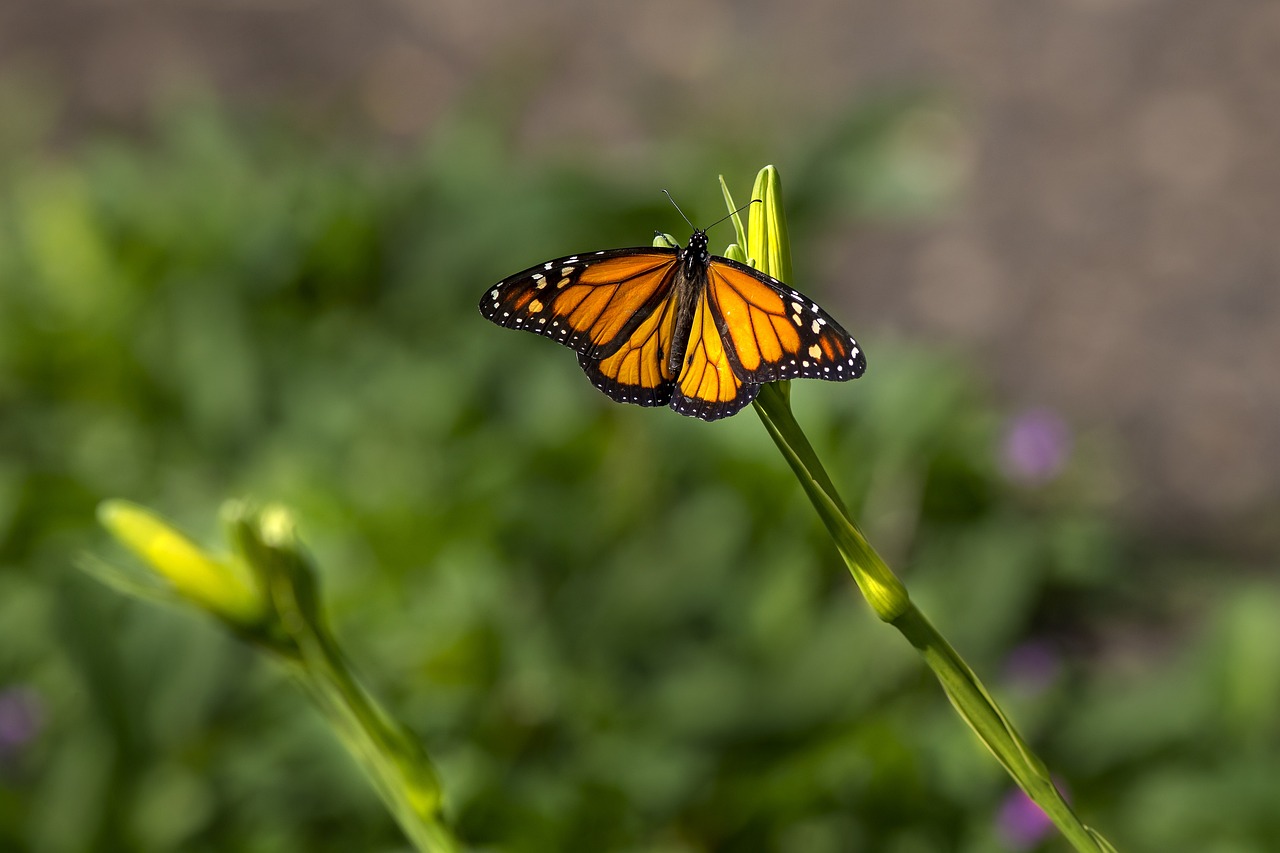The Plain Tiger (Danaus chrysippus), also known as the African Monarch, is a species of butterfly in the family Nymphalidae. It is well-known for its striking appearance and interesting behavior. Here are some key features and characteristics of the Plain Tiger butterfly:
Appearance
- Wingspan: The Plain Tiger has a wingspan of about 70-80 millimeters.
- Coloration: The wings are predominantly orange with black and white markings. The forewings are orange with black tips that have white spots. The hindwings are orange with a black border containing white spots.
- Sexual Dimorphism: There is some sexual dimorphism, with females often having slightly duller colors and more extensive black markings than males.
Habitat
- Preferred Habitats: The Plain Tiger is highly adaptable and can be found in a variety of habitats, including savannas, grasslands, open forests, gardens, and urban areas.
- Geographic Range: This butterfly is widespread and found across Africa, Asia, and parts of Australia. It is also present in the Arabian Peninsula and some Mediterranean regions.
Behavior
- Feeding: Adults feed on nectar from a wide range of flowering plants, including Lantana, Asclepias (milkweed), and various other wildflowers. They are important pollinators in their ecosystems.
- Mimicry and Defense: The Plain Tiger exhibits Müllerian mimicry, where it shares warning colors with other toxic butterflies, such as the Monarch (Danaus plexippus), to reinforce the signal to predators that they are unpalatable. They contain toxins from the milkweed plants consumed during the larval stage, making them distasteful to predators.
- Reproduction: Females lay eggs on host plants, primarily from the milkweed family (Asclepiadaceae). The caterpillars feed on these plants, which provide them with the toxic compounds that protect them from predation.
Life Cycle
- Eggs: Laid singly on the underside of host plant leaves. The eggs are small, white, and slightly elongated.
- Larvae: Caterpillars are brightly colored with white, black, and yellow bands. They have three pairs of tentacle-like structures, two near the head and one near the rear.
- Pupae: The chrysalis is green with golden spots, providing camouflage among the foliage.
- Adults: Emerge from the chrysalis after about 10-14 days, depending on environmental conditions.
Conservation Status
- The Plain Tiger is not considered endangered and is relatively common throughout its range. Its wide distribution and adaptability to various habitats contribute to its stable population status.
Interesting Facts
- Migration: Some populations of the Plain Tiger undertake seasonal migrations, similar to the well-known migration of the Monarch butterfly in North America.
- Cultural Significance: The Plain Tiger is often featured in cultural folklore and symbolism in various regions due to its vivid colors and widespread presence.
Identifying Danaus chrysippus
- Distinctive Features: The bright orange wings with black and white markings, along with the preference for milkweed plants, are key identifying features of this species. The presence of toxic compounds from their host plants also distinguishes them from non-toxic butterflies.
In summary, the Plain Tiger (Danaus chrysippus) is a widespread and visually striking butterfly known for its vibrant coloration and toxic defense mechanisms derived from its larval host plants. It is adaptable to a wide range of habitats and plays a crucial role in pollination. Its stable population and widespread distribution make it a common sight in many regions across Africa, Asia, and beyond.
Visited 910 times, 2 visit(s) today
Views: 1524
Subscribe to the newsletter:
